MOVIE REVIEW – After How I Fell in Love with a Gangster and The Getaway King, this new Polish gangster epic is based on real events and the life of another real Polish gangster. Unlike those two films, which were about two well-known legendary criminals, the criminal in How I Became a Gangster is unknown because his name is kept secret for security reasons. The question now is: is this film up to the standard of the two previous Polish gangster films, or even the classics of the genre? In other words: is this film a real “big hit”?
How did I become a gangster? “As long as I can remember, I’ve always wanted to be a gangster,” declares Henry Hill (Ray Liotta) at the beginning of Martin Scorsese’s acclaimed gangster film, Goodfellas (1990). Although there was no shortage of cinematic depictions of the grim world of the mafia (Scorsese himself tackled the subject in his 1973 film Mean Streets), the first-person narrative, acerbic wit and stunning long takes of Goodfellas eventually set the standard for good gangster films. Although Netflix’s latest Polish gangster drama, How I Became a Gangster (2019), mimics many of the twists and turns of Goodfellas (and other gangster films), the end result, which also deals with real-life events, tries to use successful elements from other genre films (and the two other Polish gangster films mentioned in the lead) rather than stand out as a coherent work in its own right. It is not necessarily an undeserving work, but its glimpses into the mafia world feel trite and hackneyed.
Another “how I became”, with an unknown hero who is not Nikos this time
The film is, as the title of the film How I Fell in Love with a Gangster suggests, the story of an unnamed protagonist (whose name is revealed at the beginning of the film to be kept secret for security reasons) and his rise in the Polish gangster world. (The protagonist speaks the name of Nikodem “Nikos” Skotarczak, the real gangster in How I Fell in Love with a Gangster, to make it clear that this is not about him.)
Like many post-1990 crime films, the film starts in the media set and then jumps back in time to cover different periods in the life of our protagonist. Like Henry Hill of The Big Men and the other hero of How I Became…, the protagonist of this film grows up in a working class environment and falls in love with the life of outlaws who fearlessly roam the streets at night. Screenwriter Krzysztof Gureczny uses the technique of first-person narration to bring us into the world of the character. This familiar formula works well, however, and, together with the film’s back-and-forth editing, lends a lightness of touch to the narrative, which contains real-life elements and takes place just before and after the change of regime in Poland.
Our protagonist (played by Marcin Kowalczyk as an adult and Maksymilian Dobrowol as a young man) recalls his life as a rambunctious child, always getting into fights with other kids at school. As a teenager, he gets the idea to supply sex workers to “anal sex” hungry Arab clients in a Catholic country. Although the job pays him enough, our character still misses the “adrenaline” of the monotonous work. After a scuffle with a rich Arab man and a subsequent robbery, our protagonist finally finds his calling as a gangster in the Polish underworld. In parallel with his narrative arc, the film introduces the subplot of his romance with college student Magda (Natalia Szroeder) and his relationship with Walden (Tomasz Wlosok), a brotherly acolyte. When he rises to the top, our protagonist is confronted with betrayal and a moral dilemma that forces him to reassess his life. Will he redeem himself easily?
“Homage à Francis Ford Coppola”
Although Kawulski and Gureczny clearly draw inspiration from other postmodern crime films, they use it well enough to give their film a solid structure. For fans of crime films, there is ample homage to the classics of the genre, with one scene, for example, mirroring the baptism scene in The Godfather (1973). Just as our protagonist is about to marry Magda, the narrative cuts back and forth to a scene in which he and his gang liquidate an old rival – juxtaposing the sacred consecration of a marriage relationship with a gruesome murder.
But also the film’s well-designed, excellent soundtrack. As in many films of the genre, Kawulski sprinkles the sequences with a wealth of music, from classic opera pieces to 80s synth-pop songs. And, to top it all off, there’s no shortage of heist sequences, mafia battles and witty one-liners. But this adherence to genre elements comes at a price. Although the film emulates the best of gangster films, it also recycles archaic gender politics.
Although the film’s poster shows a picture of our unnamed protagonist with his love – she is barely mentioned in the narrative, except in romantic scenes. Other female characters, such as Walden’s partner Wiola (Natalia Siwiec), only serve to flesh out the male character and contribute to the film’s story. Women and viewers sensitive to such things may also find the film distasteful, as misogynistic and homophobic humor abounds in the film. Perhaps it is because, without the mockery of women and gay people, the film would not be able to enhance the machismo of the male characters. Indeed, one scene in which a prostitute indulges our hero in oral sex.
True, one of the scenes in which a prostitute indulges our hero in oral sex, while he, as the narrator, recalls the woman’s career and comments to the viewer that it is no accident that she became the elected female member of parliament after the “regime change”. It is also a bitter political slap in the face to every citizen of eastern European countries…
The glorification of unbridled machismo?
But there are also relevant scenes that are particularly brutal: one of them depicts the rape of a man, a fitting punishment for one of the protagonist’s nemesis. In various scenes, slow motion, pop music and blood are used to emphasize the fight scenes between the men. Thus, although the film’s ultimate message seems to critique violence and its destructive legacy, Kawulski’s formal techniques ultimately belie this theme and seem to glorify outlaws and unbridled machismo. This is what sets Kawulski’s film apart from Scorsese’s much better work – even if this Polish film is based on true events.
Although Scorsese’s films also reveal the heroics of gangster life, there is always a hint of irony in the way the author observes these characters. His often megalomaniacal, power-hungry characters are ultimately reminiscent of Shakespeare’s tragic heroes, whose downfall ultimately leads to a deconstruction of the supposed allure of a life of crime. Examples include the aforementioned Big Men, Casino, and another 2019 Netflix gangster drama, The Irishman. The haunting conclusion of this gangster drama by Scorsese is also a self-deprecating portrayal of the gangster genre. How I Became a Gangster makes a similar attempt in the film’s unconvincing final act. Still, this redemptive arc seems mostly undeserved in a film that spent much of its running time celebrating the exploits of its protagonist.
At the beginning of How I Became a Gangster, our protagonist declares, “I’m not going to be like other gangsters.” Ironically, despite indicating the differences, the film does little to distinguish itself from countless other genre films. It takes more than an innovative formal commitment to make an offer that viewers can’t refuse.
-BadSector-
How I Became a Gangster
Direction - 6.8
Actors - 7.2
Story - 6.8
Visuals/Music/Sounds/Action - 6.6
Ambience - 7.2
6.9
FAIR
At the beginning of How I Became a Gangster, our protagonist declares, "I'm not going to be like other gangsters." Ironically, despite indicating the differences, the film does little to distinguish itself from countless other genre films. It takes more than an innovative formal commitment to make an offer that viewers can't refuse.


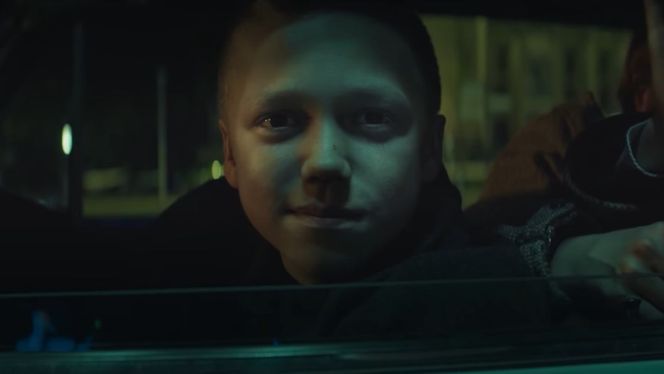
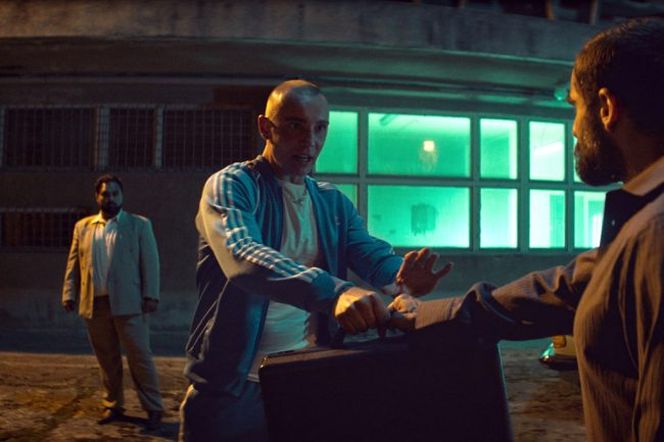

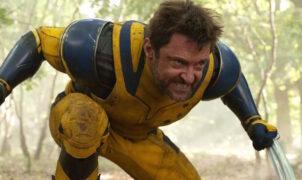
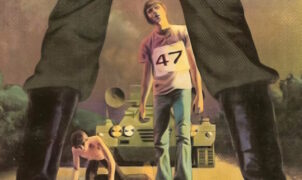



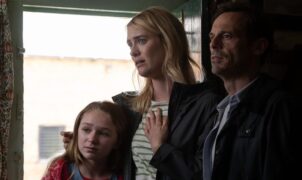

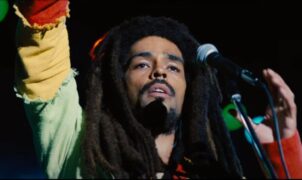
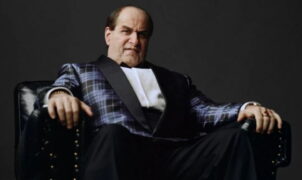




Leave a Reply